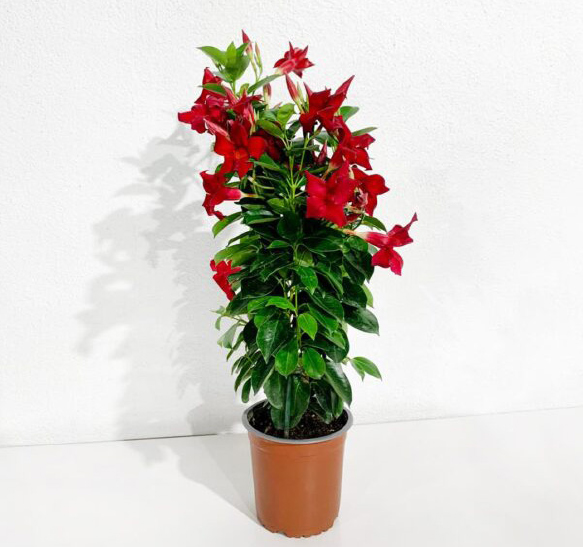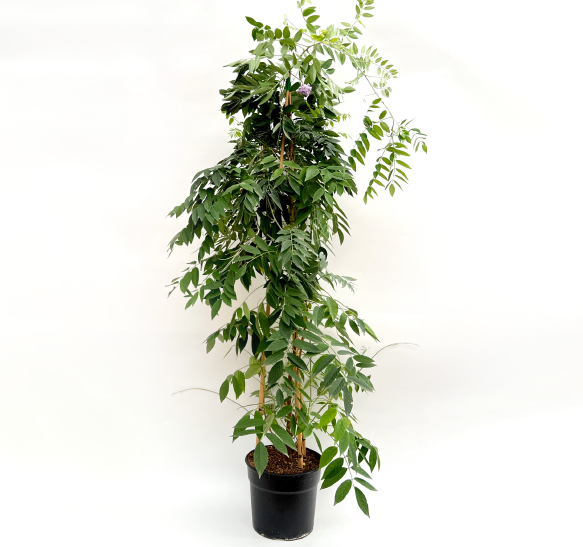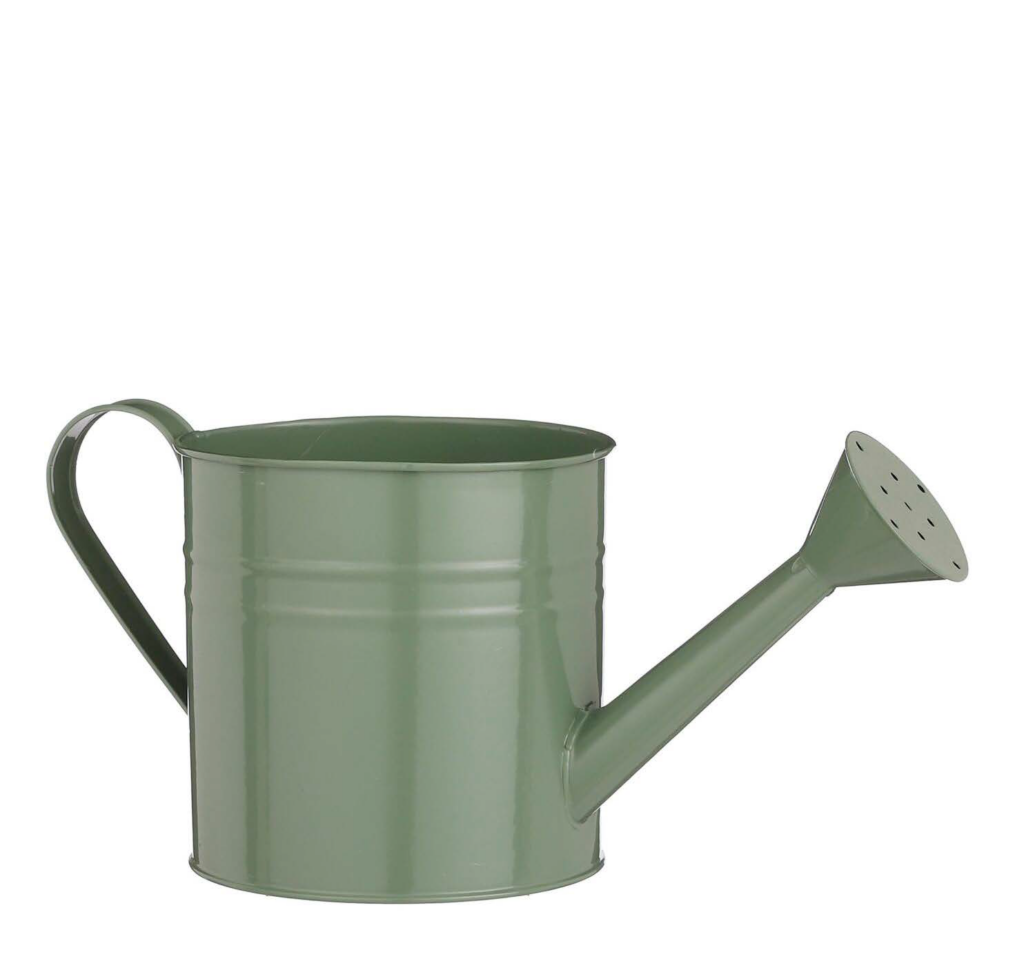Summer is here and with it the perfect opportunity to revitalise the aesthetics of your garden, terrace and/or balcony with vibrant colours and irresistible aromas. Climbing plants are the perfect allies in this mission, offering beauty and personality to outdoor spaces, creating enchanting backdrops, adding privacy and covering less attractive areas with lush greenery. The suggestions we’ve chosen for you are intended to add a special touch to your environment with prolonged flowering from spring to autumn.
Bougainvillea
The bougainvillea is a veritable explosion of colour. Originally from South America and very popular in southern Europe, this vine stands out for its vibrant bracts, which are often mistaken for flowers and can vary from pink, purple, red, orange, yellow and white. Its flowers, on the other hand, are small and white, but it’s the bracts that attract all eyes. Fast-growing, it can reach a height of several metres and is ideal for easily covering walls, pergolas and fences, and can be planted in pots or as a ground cover. The bougainvillea needs moderate watering and prefers well-drained soils and full sun, although it can tolerate some shade. It is drought-resistant, but cannot withstand intense frosts and, in colder regions, may need protection during the winter. During the summer and spring, occasional pruning helps keep the plant in the desired shape and encourages abundant flowering.
Jasmine of the Poets
The Jasmine of the Poets is the right choice for anyone looking for an incredible scent that always hangs in the air. Originally from China, it is prized for its sweet scent and its delicate, white, starry flowers, which fill the room with an irresistible, striking fragrance, especially during the night and at dawn. The Poets’ Jasmine blooms mainly in late winter and early spring. It is a vigorous plant that can reach up to 6 metres in height. It loves to grow on trellises and pergolas and requires well-drained soils and full sun exposure. It is suitable for temperate or warm climates, but may need protection during the winter and/or to be planted in greenhouses in regions with intense frosts. It can be planted both in pots and directly in the ground and should be watered regularly and pruned occasionally.
Dipladenia
The Dipladenia, also known as Diamantina or Mandevilla, is the star of tropical gardens. Its large trumpet-shaped flowers, in shades of red, pink, white and yellow, are long-lasting and bloom abundantly during this very hot season. Originally from the tropical regions of South America, it is a robust plant with bright green leaves and is very resistant to pests. Dipladenia is perfect for gardens, balconies and even as an indoor plant in well-lit areas. As well as adding colour and texture to your environment and being easy to care for, it grows quickly with the right support and can be trained to grow on trellises, fences and pergolas. Excessive humidity should be avoided but the soil should be well-drained, with regular watering and full sun. In cold regions, it can be grown in pots during the winter. Flowering takes place in spring and summer and can last until autumn in warmer climates.
Bignonia
The Bignonia, also known as the Chinese trumpet, is a climbing plant much appreciated for its robustness and the beauty of its large trumpet-shaped flowers. These are usually orange to red-orange in colour, and when they bloom in clusters, they attract pollinators such as bees and hummingbirds. Originally from East Asia, especially China and Japan, this climbing plant is known for its resistance to different climatic conditions, making it a popular choice for gardens in various regions of the world. Its leaves are compound, pinnate and dark green. The Bignonia can grow quickly and reach up to 10 metres in height with the right support, which makes it perfect for covering trellises, pergolas, walls and fences. It can tolerate a wide variety of soil types, but well-drained soils are recommended. It needs regular watering during the first year after planting, but once established it is tolerant of periods of drought. It likes full sun and is very hardy, withstanding both intense heat and moderate cold.
Glycinia
The Glycinia, with its unmistakable perfume and pendulous flowers, is a climbing plant of unique and exotic beauty. Known scientifically as Wisteria, it originates from Asia and North America and is particularly appreciated in Japan and China, where it has been cultivated for centuries. Its lush clusters bloom in spring and vary from purple to blue, pink or white and give off a soft scent that attracts pollinators such as bees and butterflies that bring life to the outdoors. For its flowering to be abundant, it requires full sun exposure, and some species may also have a secondary, less intense flowering at the end of summer. In the wild and in ideal conditions, it can reach a height of over 10 metres. It is suitable for covering pergolas, arbours, walls and facades. However, due to its vigorous growth, it needs to be pruned at the end of winter to define the structure and remove unwanted branches, and after flowering, at the end of summer, to shorten the side branches and stimulate flowering the following year. Glycinia grows healthily in well-drained soils rich in organic matter.
With these climbing plants, your outdoor space can be transformed into a true haven of beauty and tranquillity. If you’re planning to renovate your garden, terrace or balcony, consider these climbing plants and enjoy all the added value they can bring to your space.
Plant, care for and watch the magic happen!
Suggested products









